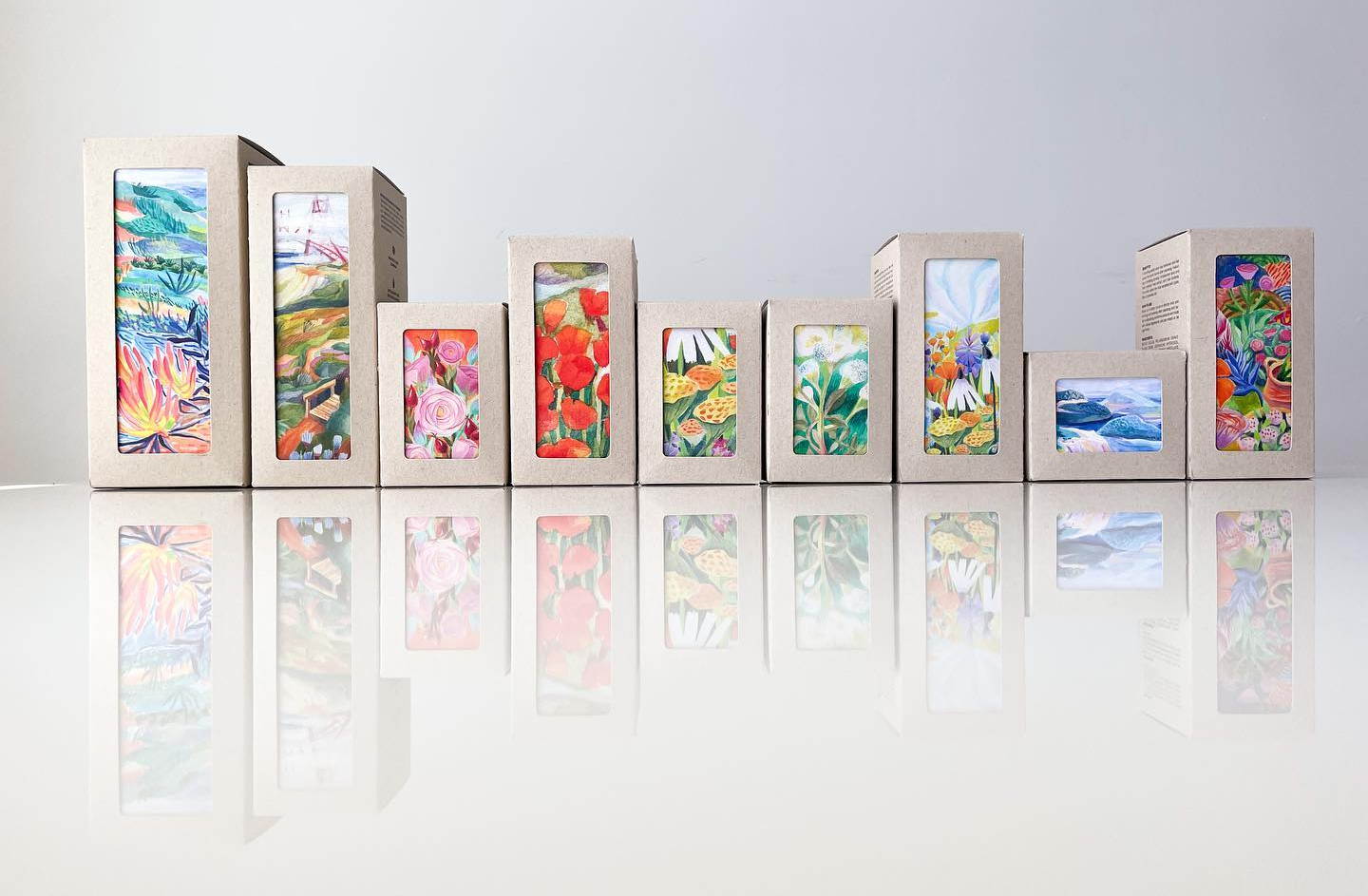
Herbal Skincare Brand Botnia Undergoes A “Cathartic” Rebrand And Strengthens Its Ties To Aestheticians
Justine Kahn, founder of Botnia, has wanted to tweak her brand’s packaging since it launched in 2017. “I always had it in mind that our packaging would end up like this,” she says, holding up a box of the newly repackaged $77 Restorative Face Cream. “But we had to grow before we could invest in something like this.”
Botnia’s overhauled packaging took some 15 months to complete. “That might not sound like much time,” says Kahn. “But, in the beauty space, everything is so fast-paced. I had to slow down and think about what’s really important to Botnia. I thought about the ecosystem in general and how we interact with that ecosystem as a brand. It was such an important part of the packaging story.”
Prices were increased slightly with the rebrand, which Botnia partnered with the design studio Hugmun on, and they now range from $7 to $83. However, sizes are slightly bigger, too. Before the updated packaging, the brand’s products, which include Hydrating Serum, Gentle Cleanser, Rose Water Toner, Essential Enzymes, Renewing Face Wash and Balancing Oil Cleanser, were housed in milk glasses adorned with stickers depicting botanical ingredients.
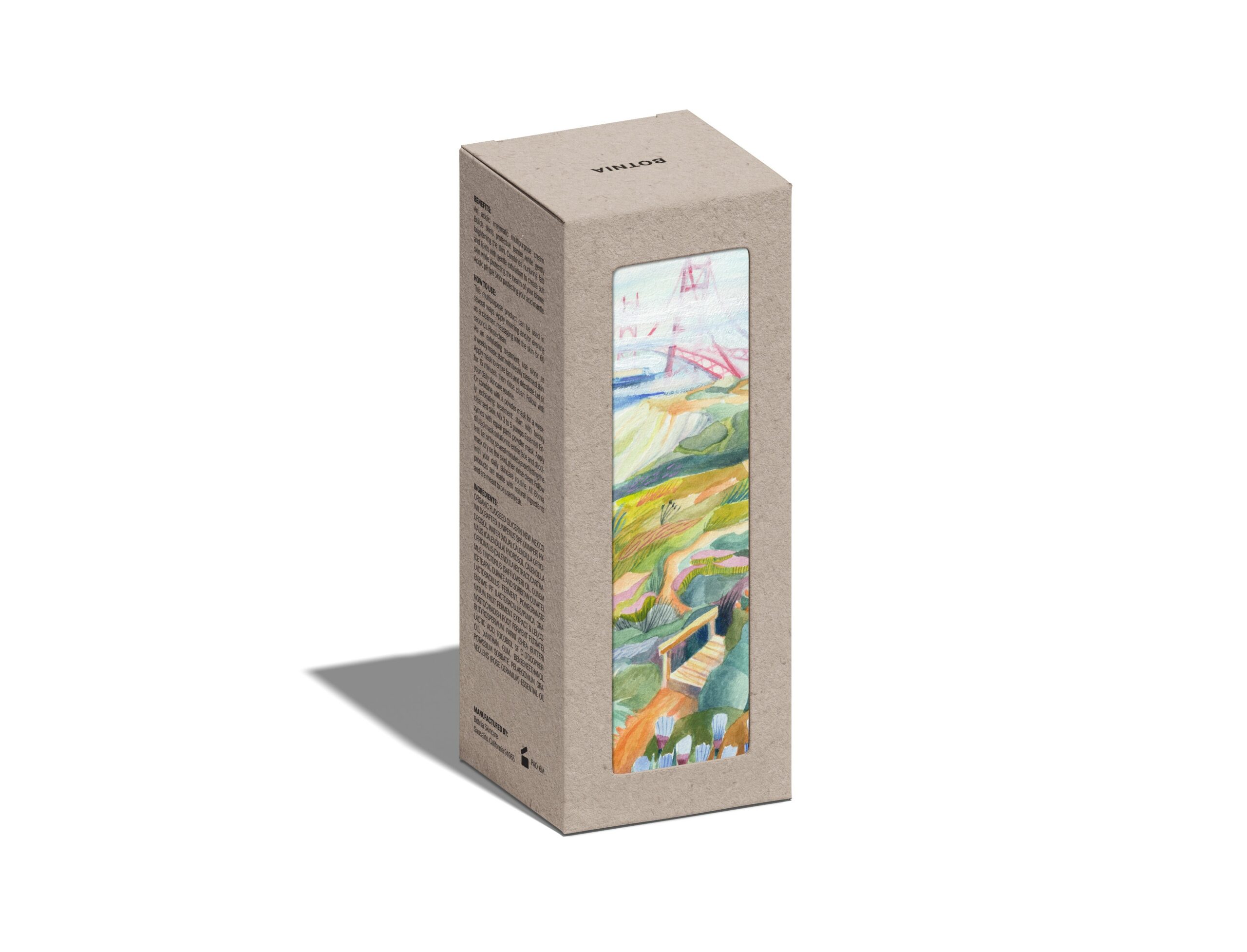
“It was all very indie brand and very sweet-looking,” says Kahn. “But the problem with milk glass is that it’s not very ecological. The chances of a recycling facility actually recycling milk glass are very slim. There are only a couple plants in the country that actually recycle it.” She points out that the sheer weight of the milk glasses turned her products into heavy airplane cargo, which compounded the brand’s ecological footprint.
Developed in a Spanish factory, Botnia’s new bottles are made from post-consumer aluminum that Kahn says is “in the middle of its recycling journey.” The material is 100% recyclable and can be upcycled. “It can become an airplane after it’s a bottle,” says Kahn. “I love this material for that reason.” The bottles are lined with a bisphenol A (BPA) alternative that’s intended to prevent leaching, and the tops are constructed from plastic meant for reuse.
“We’re looking at the plastic tops as products themselves,” says Kahn. “We’re positioning them as a reusable resource within your bathroom that you’ll just transfer from product to product. They’re meant to be with you until they break.” She continues, “I think we’re paving the way for an entirely new idea.” Most of Botnia’s revamped products are sold without pumps, and the brand gifts pumps as a separate item with a purchase.
“We’re entering a new phase where people can see the value of what’s inside the bottle through the attention to detail that we’ve put on the outside of it.”
The outer packaging features vivid water color graphics by illustrator Dominika Brychcy. It’s crafted out of compostable, end-of-the-line cardboard that’s printed with vegan ink. The material feels raw and rough to the touch. “We really wanted to play with celebrating raw materials in our packaging so that it would match the products on the inside” says Kahn, referencing the raw botanical ingredients that infuse Botnia’s goods. “We handpick everything in our lab, and we wanted people to feel a connection to these raw materials through our packaging.”
Along with the renovated packaging, the brand has a renovated website. The rebrand has given Kahn a sense of relief. “To have our outsides—our website, our packaging—really match what’s on the inside of our bottles feels like the most cathartic project I’ve ever worked on,” she says. “It feels so good. It feels like we’re entering a new phase where people can see the value of what’s inside the bottle through the attention to detail that we’ve put on the outside of it.”
In the refreshed packaging, insert cards have bright, botanical prints. The cards can be kept as decorative pieces of art, and they serve a pragmatic purpose. A skincare regimen is spelled out on the back of each card. “This teaches our consumer how to utilize the product just like an aesthetician would prescribe,” says Kahn. “That was really important to us because we are an aesthetician-focused brand.”
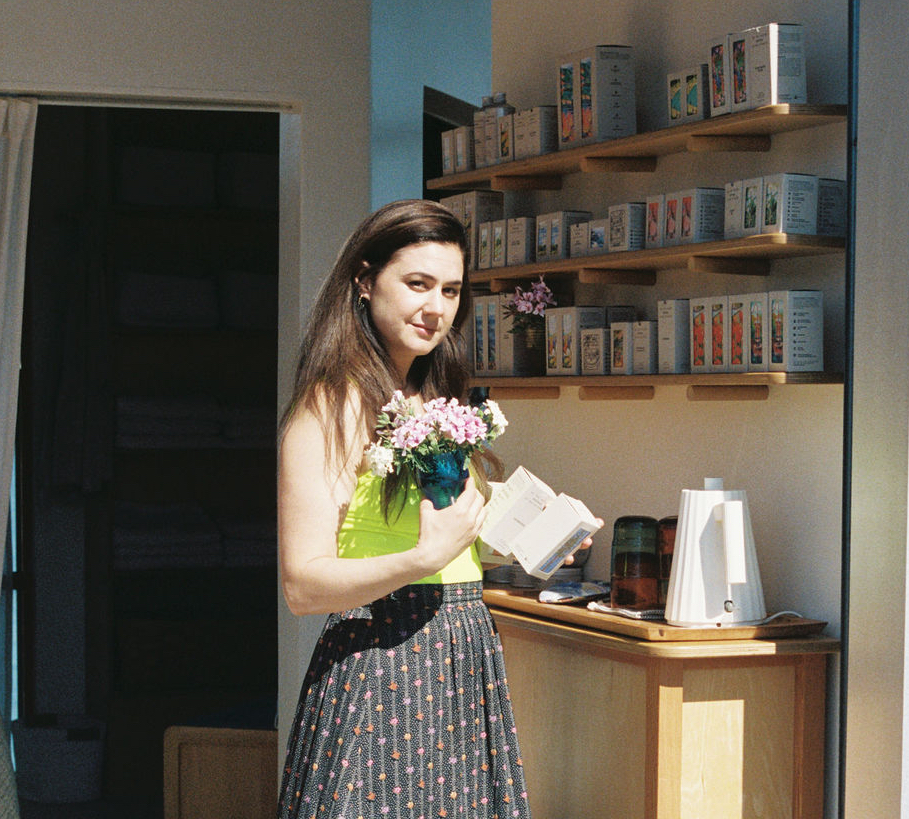
Botnia’s aesthetician focus sharpened during the pandemic. Kahn says it didn’t impact Botnia’s business in a negative way. She says, “People were home, washing their faces more and wearing face masks.” However, the lockdowns caused significant setbacks for aestheticians performing hands-on services.
Botnia initiated programs to sustain them through the trying times. For example, it provided free education that taught aestheticians how to launch online stores. Kahn says, “We created funds for them and helped them develop new ways to support their businesses.”
Ultimately, the remote learning groups “created a stronger foundation inside our community, and that has just grown since the pandemic,” says Kahn. “Our community of [200] Botnia aestheticians just became so tight. We were one of the only alternative natural brands out there that was still supporting their partners through the pandemic and offering more services.”
“We do things very differently because we are a values-driven company.”
Botnia receives scores of applications each week from aestheticians wanting to partner with the brand and go through its unique, herbalism-centered training process. “It’s such a different way of thinking about a facial, and the practitioner has so much more connection to their clients’ results,” says Kahn. “The word of 2023 is ‘results.’ We’re finding it’s a groundswell. It’s been really interesting to see our aestheticians talk about slow beauty and holistic aesthetics with the word ‘results.’ Before, there was this pushback: It’s natural, but does it work?’”
Botnia is increasingly being picked up by luxury hotel properties such as properties by Auberge Resorts. “Hotels are bringing in brands like Botnia for their guests and supporting them through holistic aesthetics,” says Kahn. “That means that we’re pretty powerful. We’re a major player at the table.”
Reflecting on Botnia’s trajectory, Kahn says, “We’ve just grown up a lot. We had the time to just sit back and develop systems slowly. It’s really important when you’re starting a company like Botnia that you take your time.” She adds that the brand is and has always been self-funded. “When you just take funding, it can be really hard to jump all in,” says Kahn. “There are so many details that you miss.”
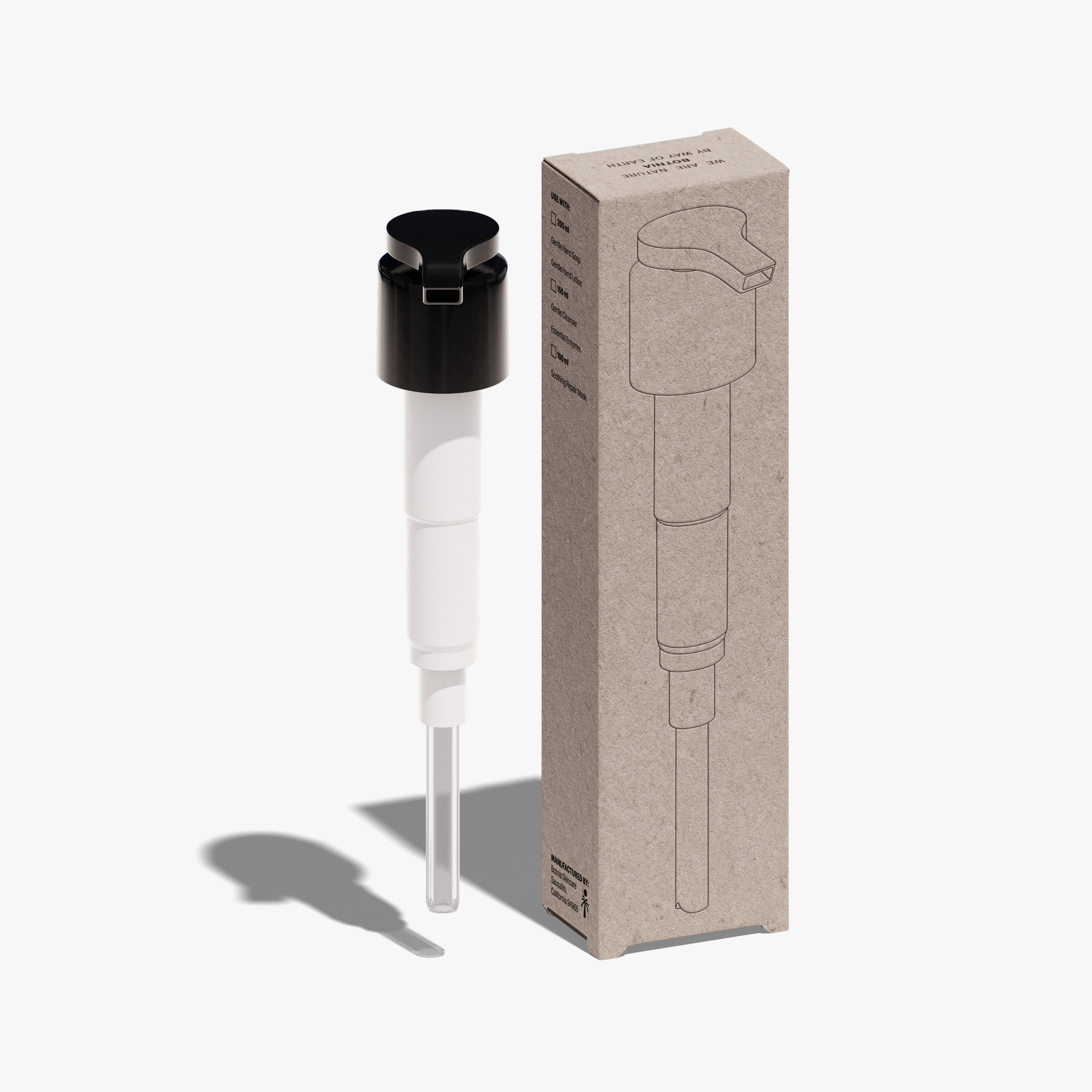
This summer, Botnia will unveil a sunscreen that’s been in the pipeline for three years. The zinc-based product is formulated to be safe for acne and free of fragrance. Kahn says it blends with most skin tones and doesn’t irritate the skin or eyes. She raves, “It’s everything I’ve ever wanted in a sunscreen.”
Going forward, Kahn says, “We do things very differently because we are a values-driven company. We actually base our growth on how many plants we’ve promised to purchase from our farm partners. Then, we look at our marketing strategy based on our availability of plants. We work with natural rhythms, and so we can’t just absorb massive growth. We tamper our own growth based on our values. I think our customers really get that, and they appreciate that model.”
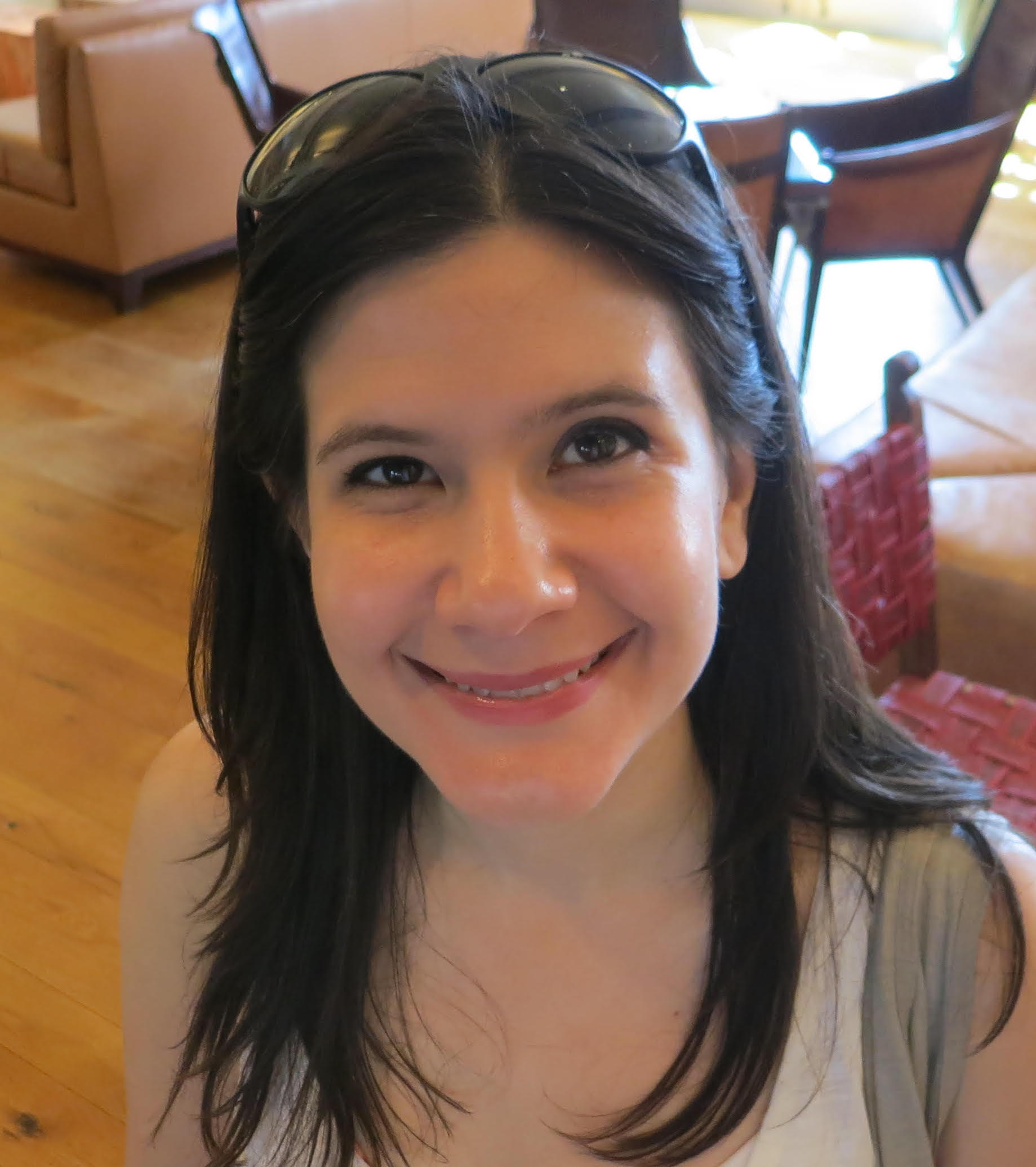
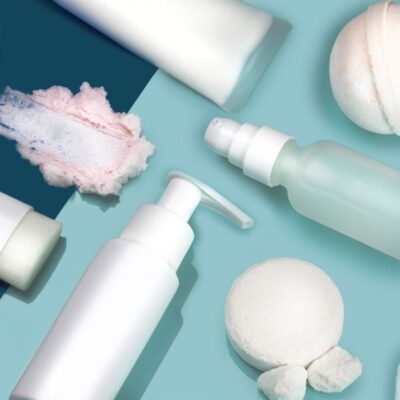
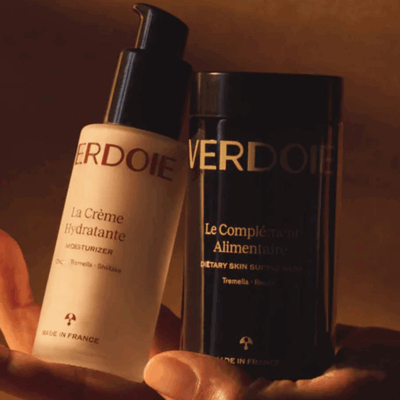

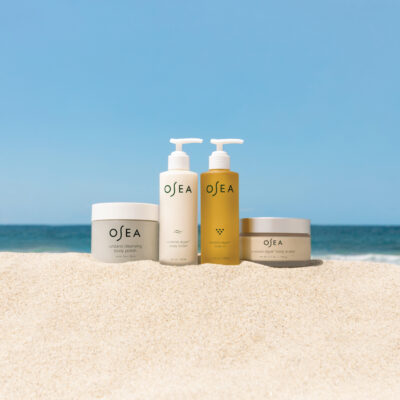
Leave a Reply
You must be logged in to post a comment.